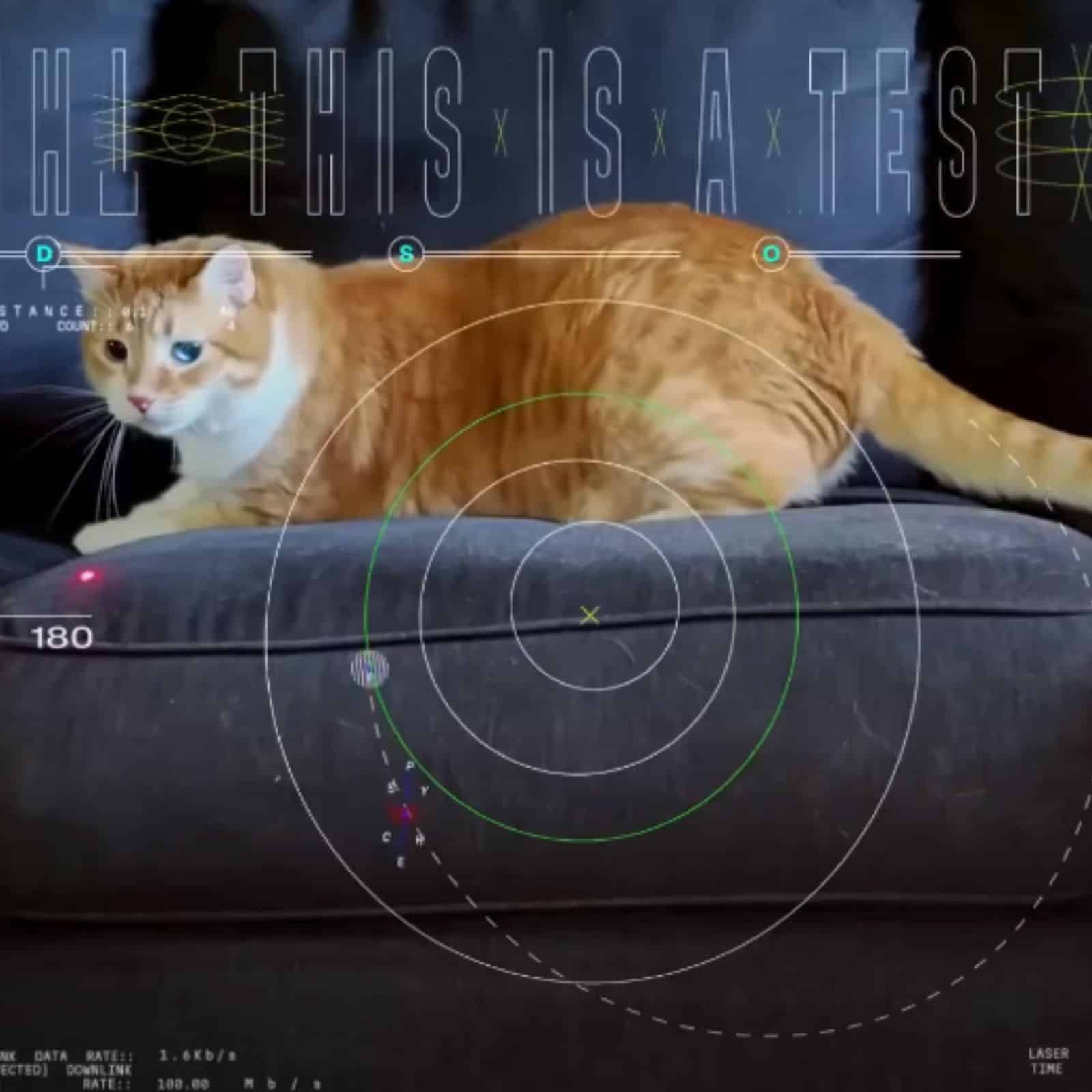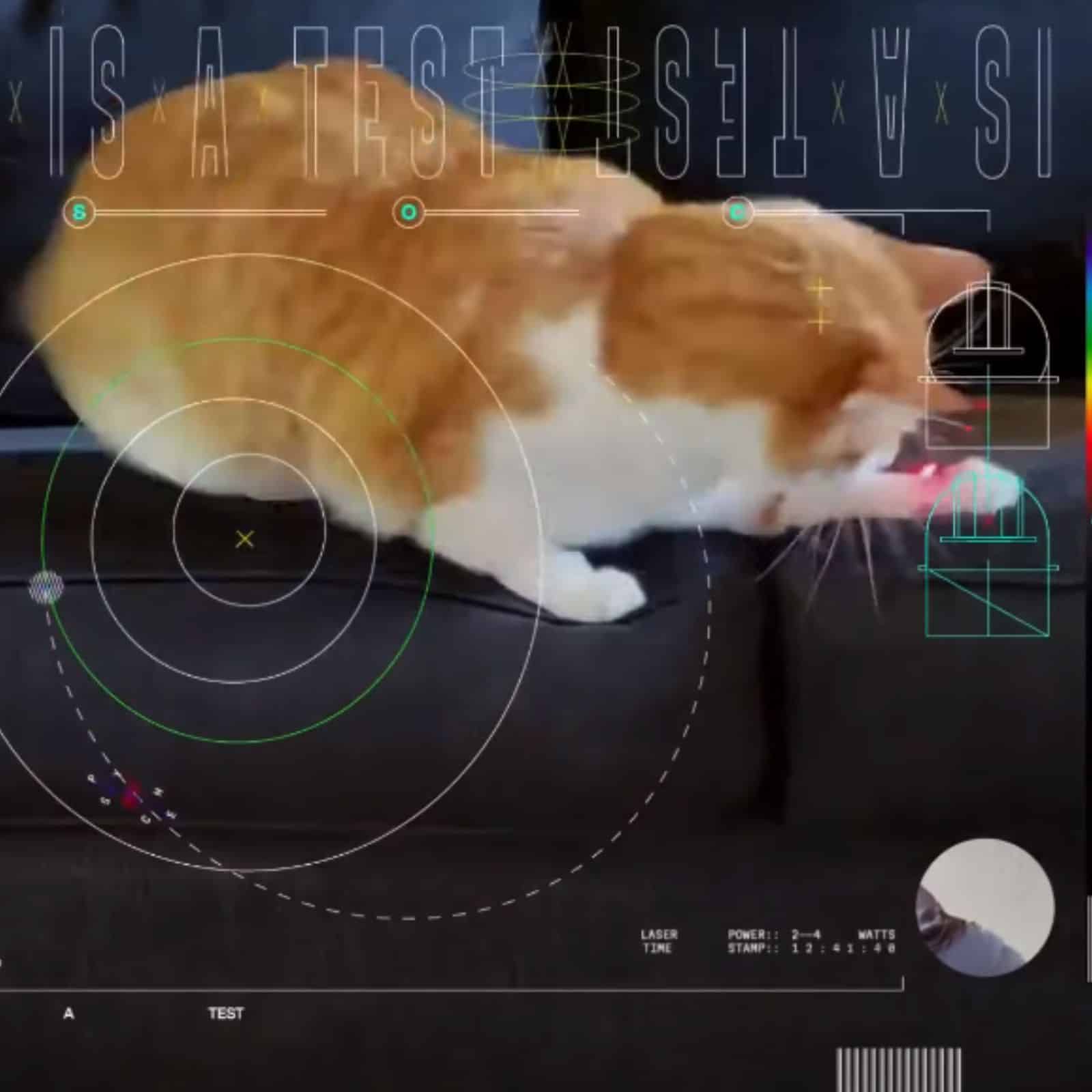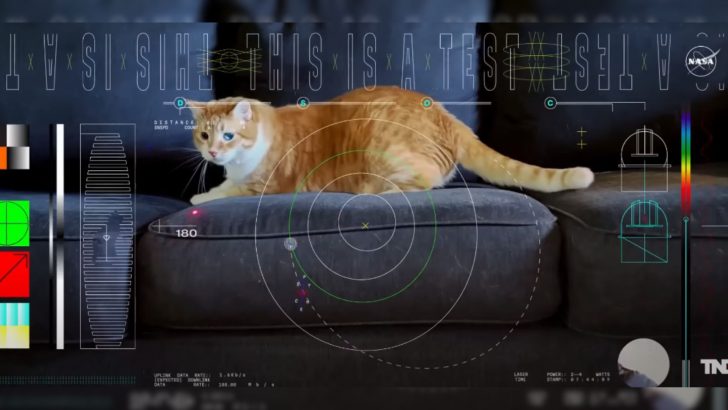Did you hear that NASA just made history by streaming a video from deep space using a laser? And you won’t believe who the star was – a cat named Taters!
That’s right, for their first-ever laser-streamed video from the depths of space, NASA chose an orange tabby as the main attraction. Pretty cool, right? Let’s dive into the details!

This groundbreaking video was beamed back to Earth by a laser communications experiment aboard NASA’s Psyche mission, from nearly 19 million miles away (or about 80 times the Earth-Moon distance).
This scientific breakthrough is part of a NASA technology demonstration that aims to transmit high-quality video and data from deep space. This could change the game for future space missions beyond our orbit.

The video was transmitted using a state-of-the-art flight laser transceiver, part of the Deep Space Optical Communications experiment (DSOC).
Zipping through space at a max bit rate of 267 Mbps, it took just 101 seconds to travel from the Psyche spacecraft to the Hale Telescope at Caltech’s Palomar Observatory.
The clip lasted for 15 seconds and, as mentioned above, featured an orange kitty hilariously chasing a red laser pointer all over a blue couch.
Once downloaded at the observatory, the video was live-streamed at NASA’s Jet Propulsion Laboratory in Pasadena, California.
NASA’s Deputy Administrator Pam Melroy commented:
“This accomplishment underscores our commitment to advancing optical communications as a key element to meeting our future data transmission needs. Increasing our bandwidth is essential to achieving our future exploration and science goals, and we look forward to the continued advancement of this technology and the transformation of how we communicate during future interplanetary missions.”
So, what else is there to say, really? Besides being super proud of our scientists for this incredible feat, I can’t help but feel overjoyed that the star of such a great milestone is one of our beloved feline friends. What about you? Did you find this as fascinating as I did? Share your thoughts in the comments below!

Leave a comment